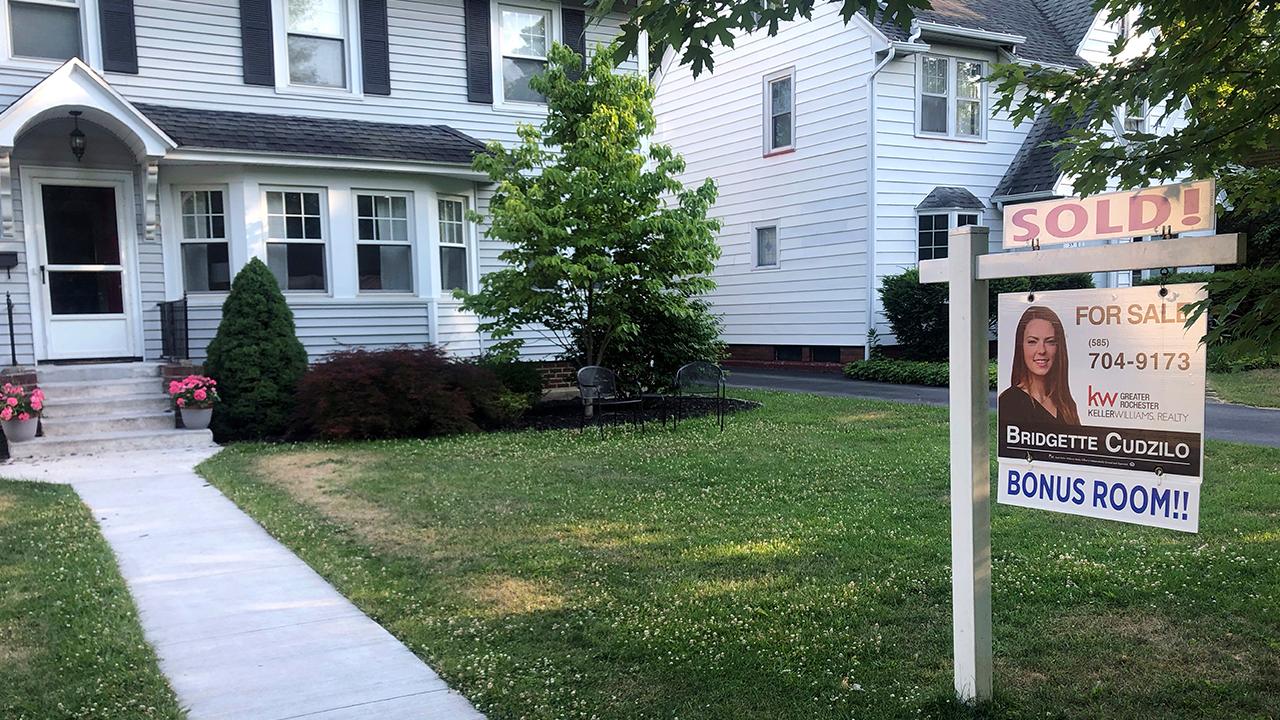Coronavirus blamed for historic housing supply shortage
Americans anticipating buying homes for first time for working at home
The pandemic has aggravated the housing market’s longstanding lack of supply, creating a historic shortage of homes for sale.
WE ARE IN A SELLER'S MARKET, AND THIS IS WHAT IT MEANS FOR YOU
Buyers are accelerating purchase plans or considering homeownership for the first time, rushing to get more living space as many Americans anticipate working from home for a while. Many potential sellers, meanwhile, are keeping their homes off the market for pandemic-related reasons.

A sold sign is seen in front of a recently purchased home December 28, 2006 in San Francisco. Existing homes reportedly inched up 0.6 percent in November as home prices continued a downward slide for the fourth consecutive month. The median home pric
The combined effect has created an extreme drought of previously owned homes for sale. At the end of July, there were 1.3 million single-family existing homes for sale, the lowest count for any July in data going back to 1982, according to the National Association of Realtors. In the week ended Sept. 12, total for-sale inventory was down 29.4% from a year earlier at the lowest level since at least late 2017, Zillow Group Inc. said.
“Every year we think, ‘We’re hitting new record lows, it can’t get worse,’ but then it does,” said Danielle Hale, chief economist for Realtor.com. News Corp, parent of The Wall Street Journal, operates Realtor.com.
CLICK HERE TO READ MORE ON FOX BUSINESS
The shortage has pushed home prices higher, stretching the budgets of many middle-class and first-time home buyers. The median existing-home price crossed above $300,000 for the first time ever in July, up 8.5% from a year earlier, according to NAR. Existing home sales and inventory figures for August come out on Tuesday.
Rapidly rising house prices are effectively canceling out the increased purchasing power that buyers are getting from lower interest rates, brokerage Redfin Corp. said.
Click for more at WSJ.com




















